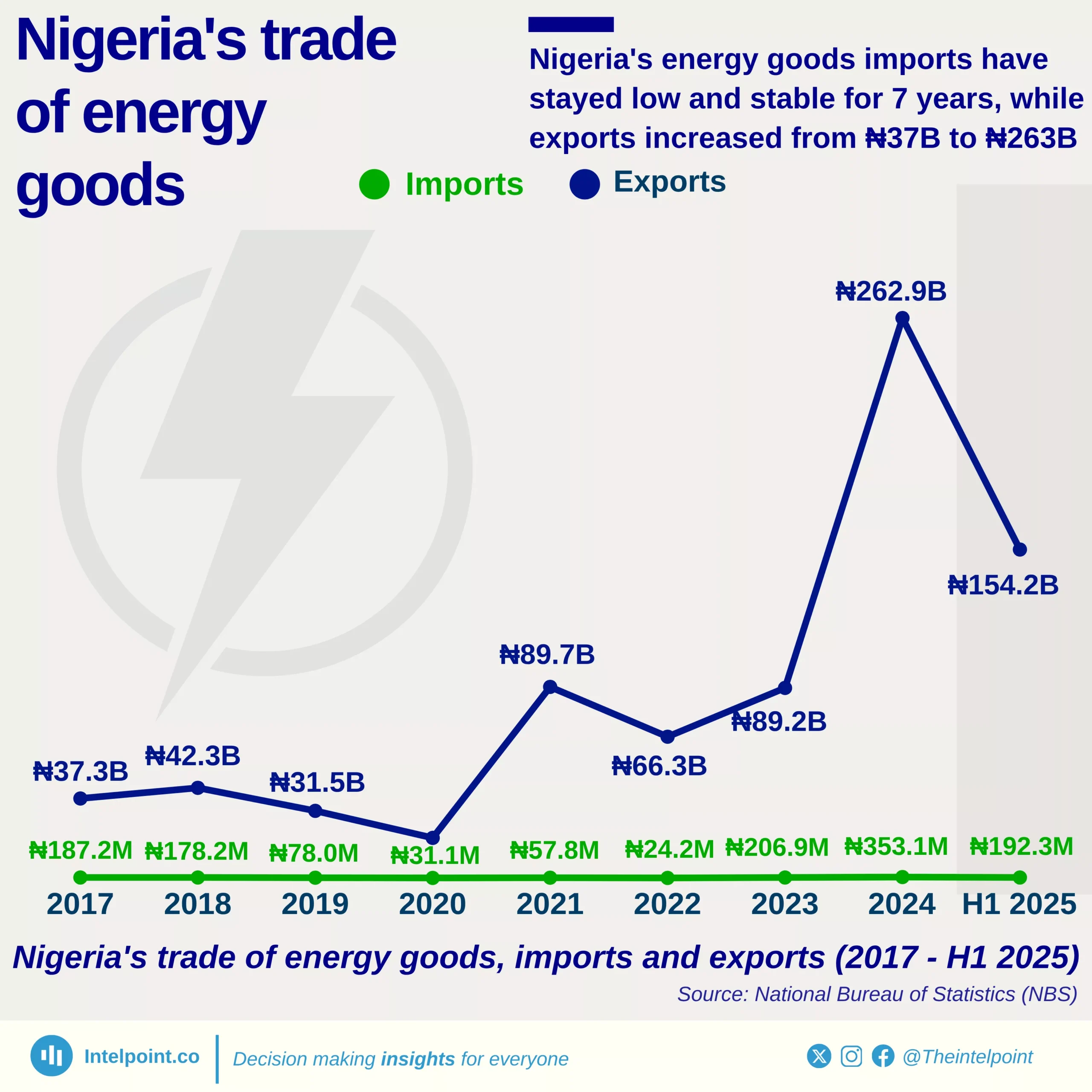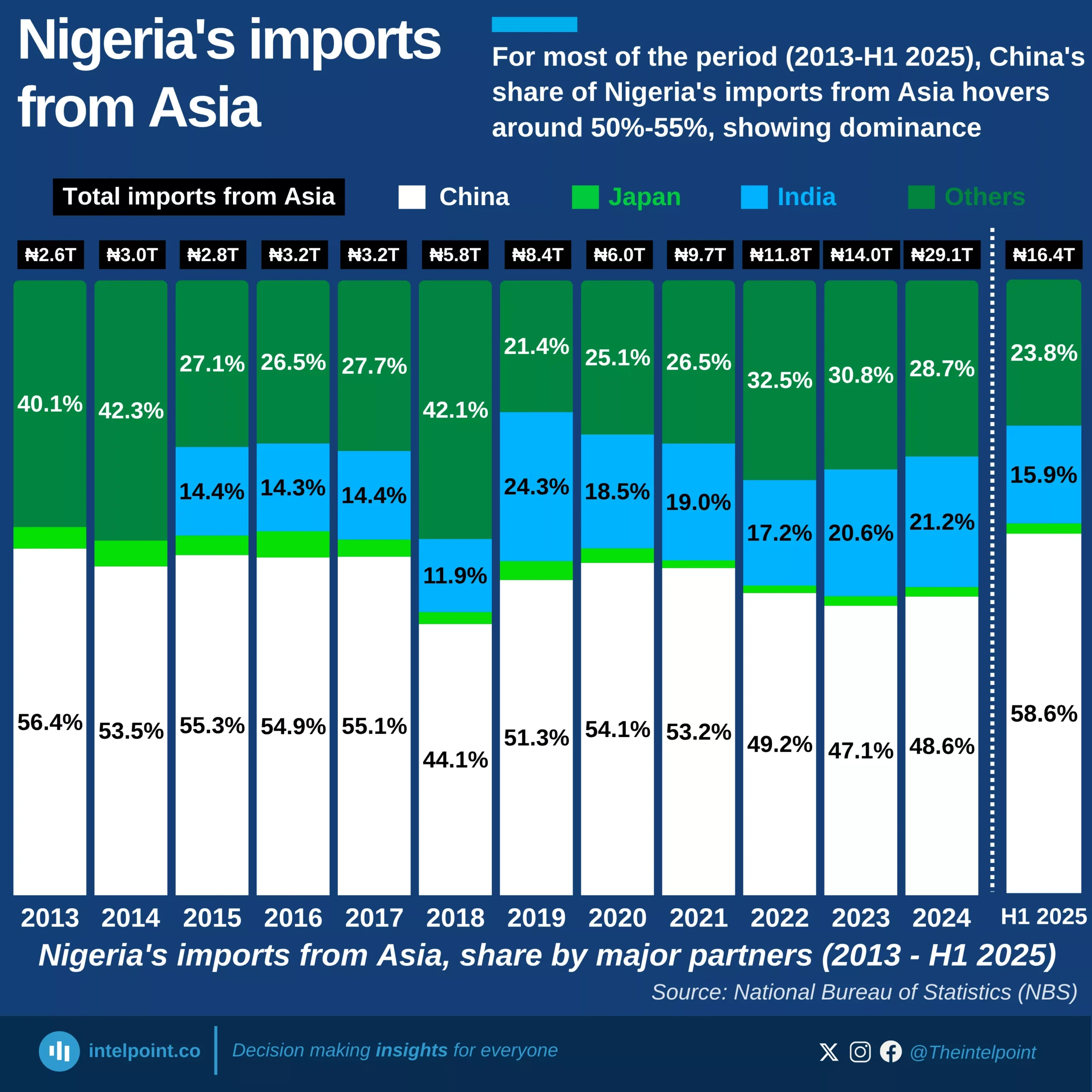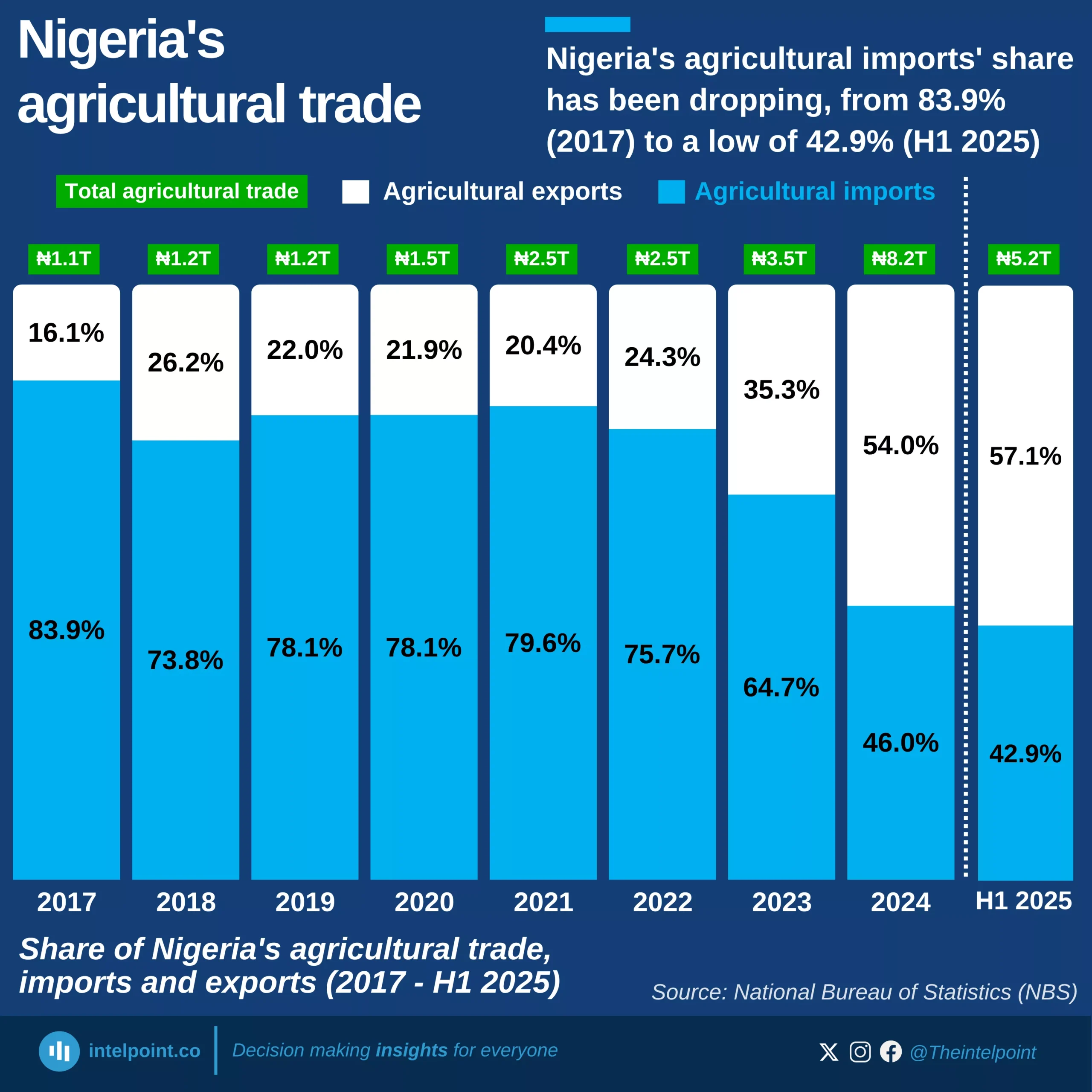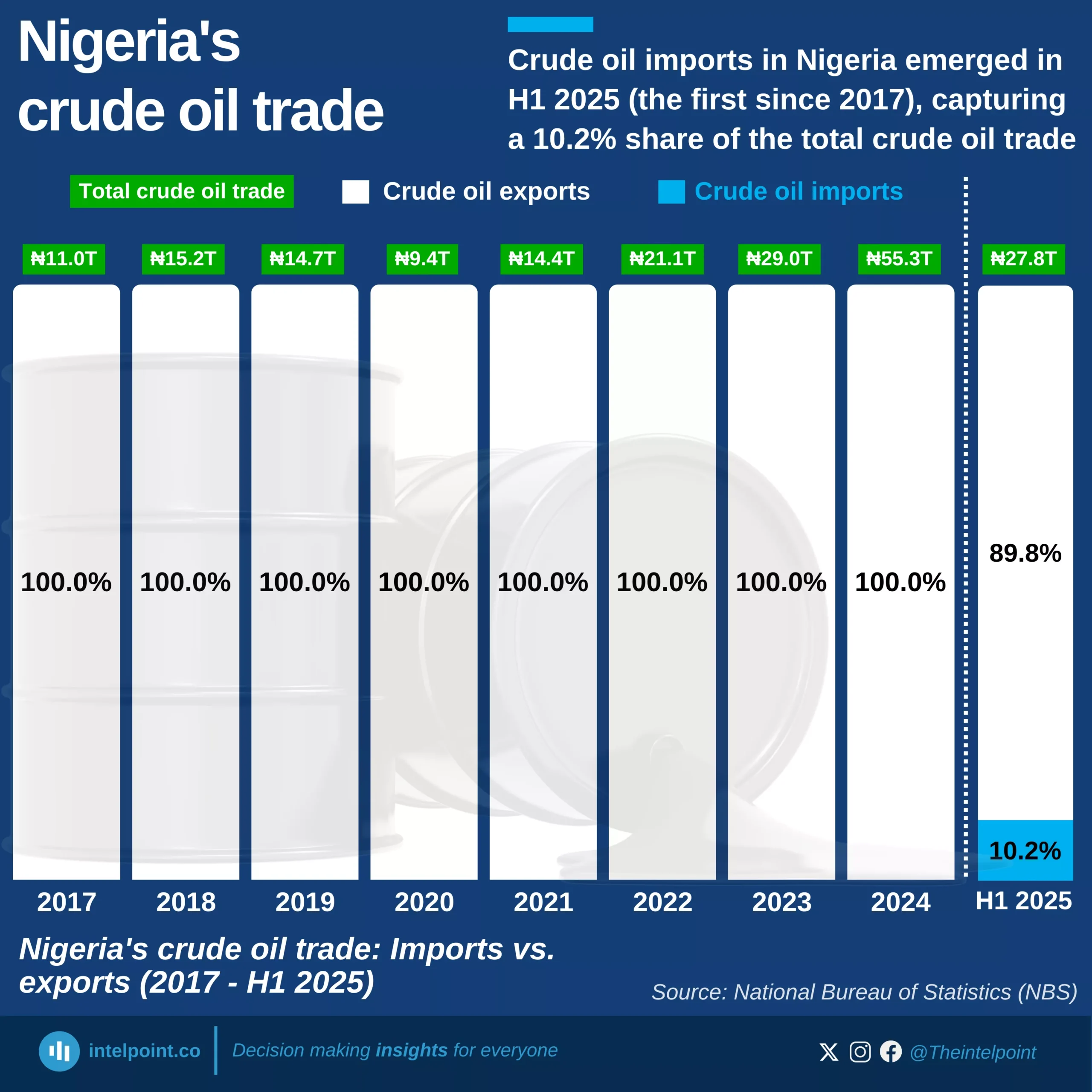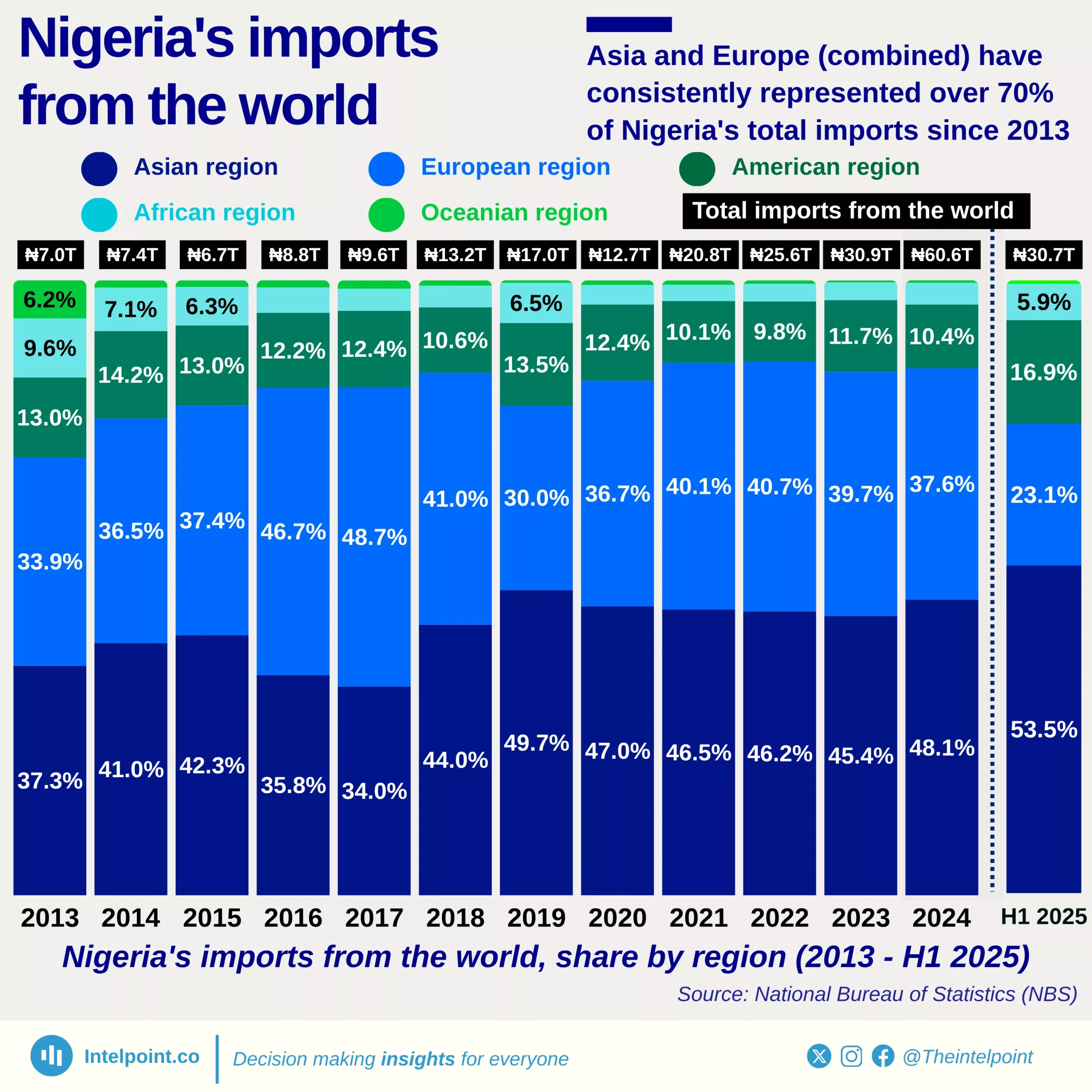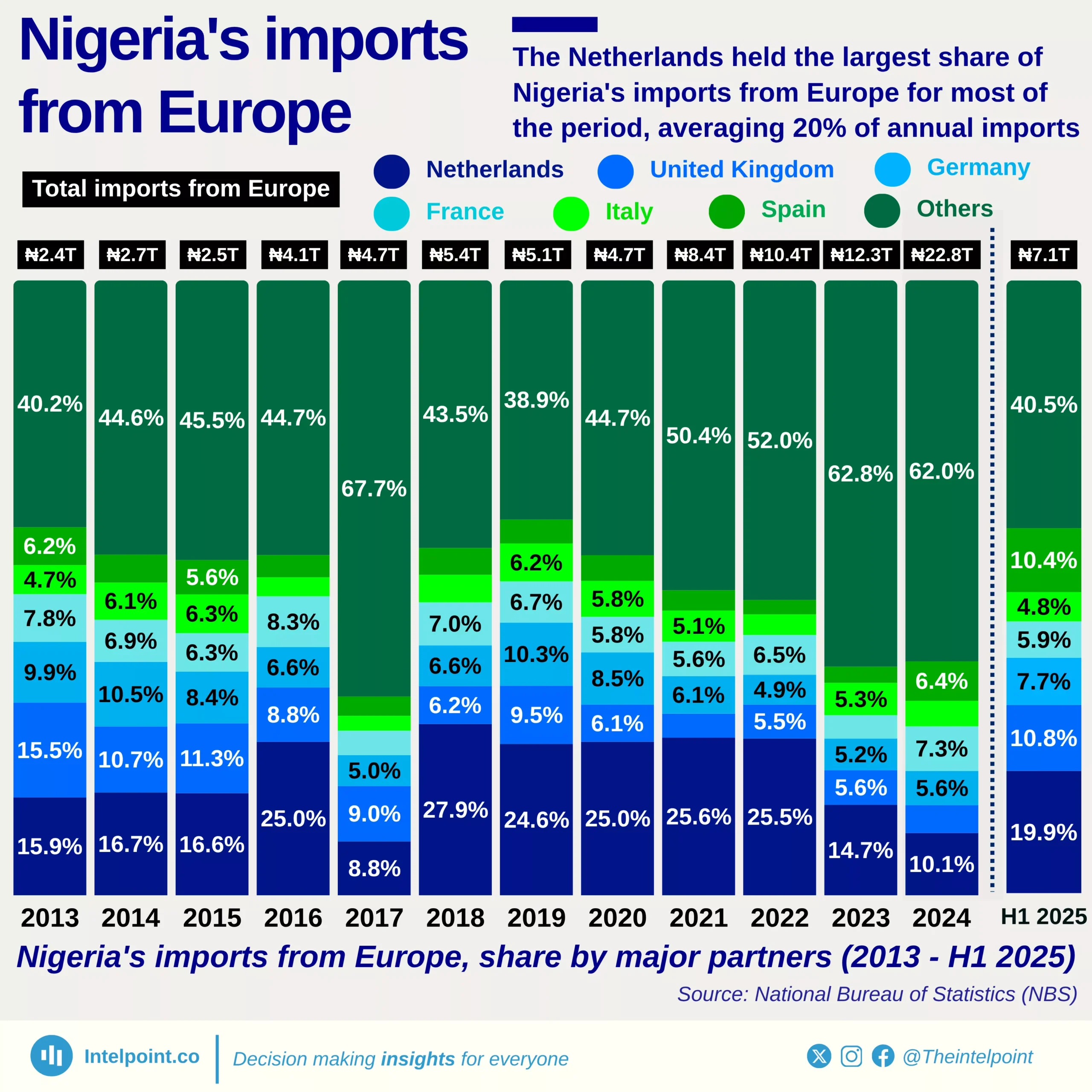Over the years, Egypt has consistently recorded higher exports than imports of ceramic products, maintaining a strong and sustained trade surplus.
In 2005, exports and imports were nearly equal at $65.35 million and $65.19 million, respectively. From 2006, exports gained a clear lead, reaching $75.84 million while imports fell to $60.36 million. By 2007, exports rose to $117.98 million, then surged to $325.86 million in 2008 and $410.60 million in 2009, more than double import levels each year.
Exports peaked in 2012 at $488.51 million against $178.23 million in imports. Even during slower years such as 2015 and 2016, exports stayed ahead at $320.53 million and $254.91 million, compared with $199.87 million and $137.86 million in imports. Between 2017 and 2021, exports averaged $327 million annually, rising to $401.12 million in 2021.
Exports remained above imports in recent years: $338.72 million compared with below $190 million in 2022 and 2023, and $273.27 million compared with $182.64 million in 2024.
Overall, Egypt exported roughly twice as much as it imported over two decades, sustaining a consistent trade surplus across changing conditions.
